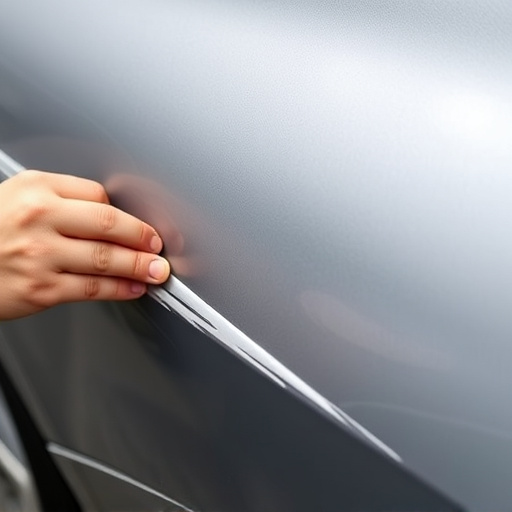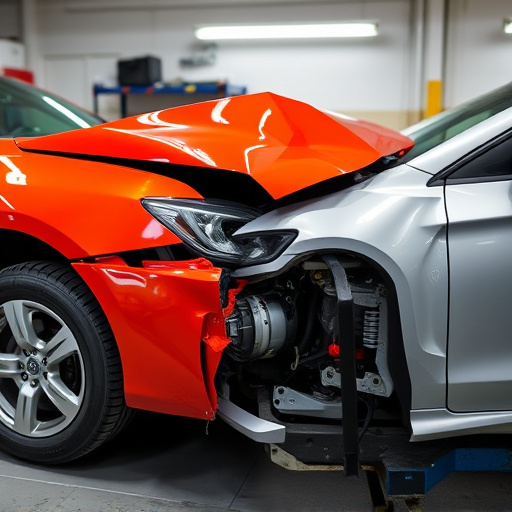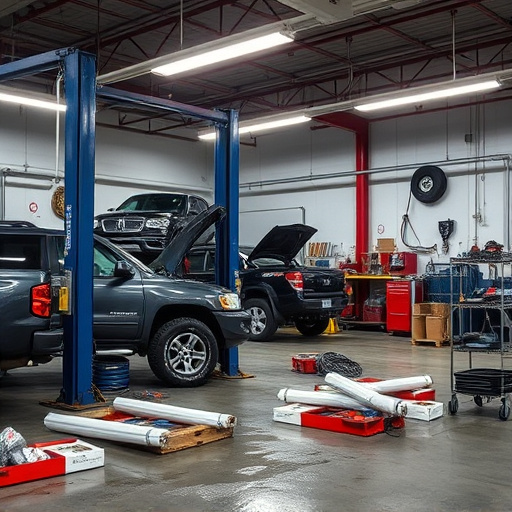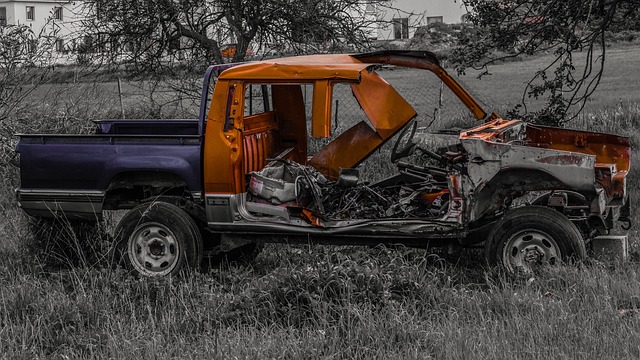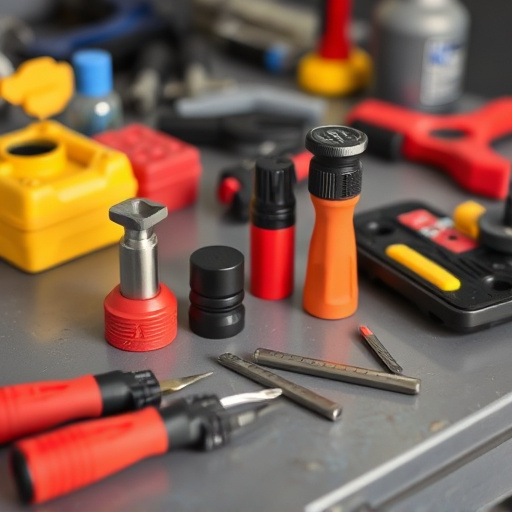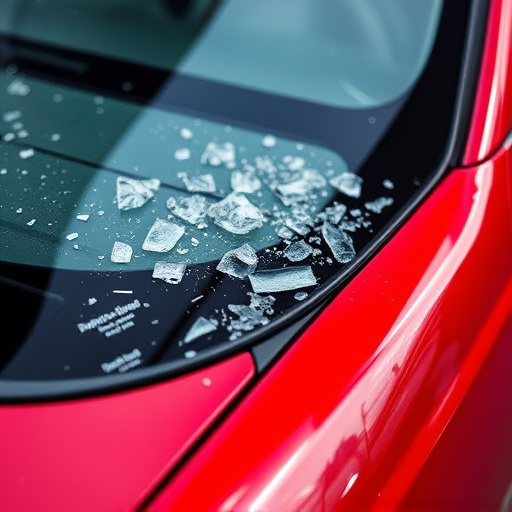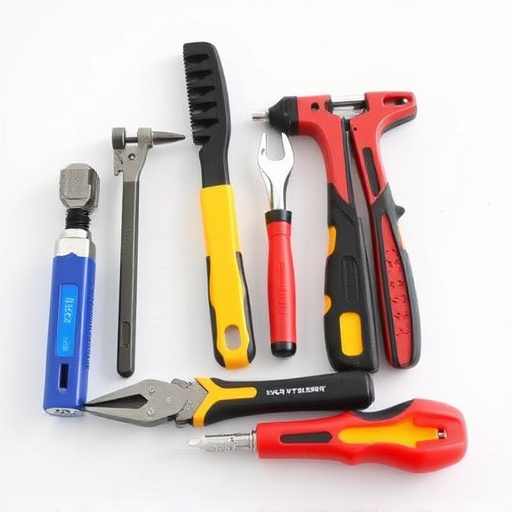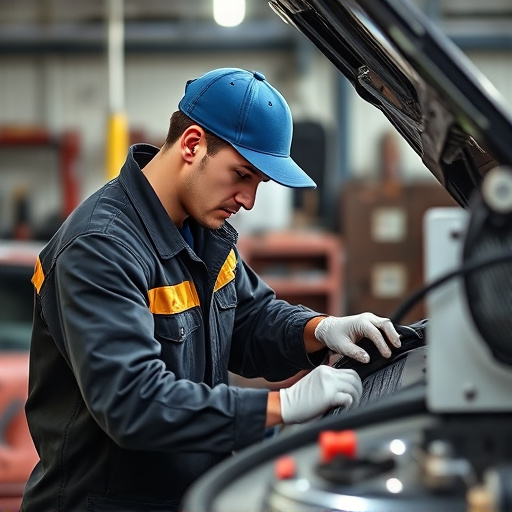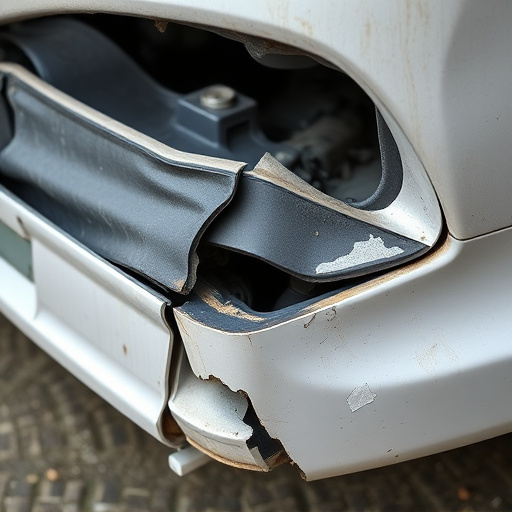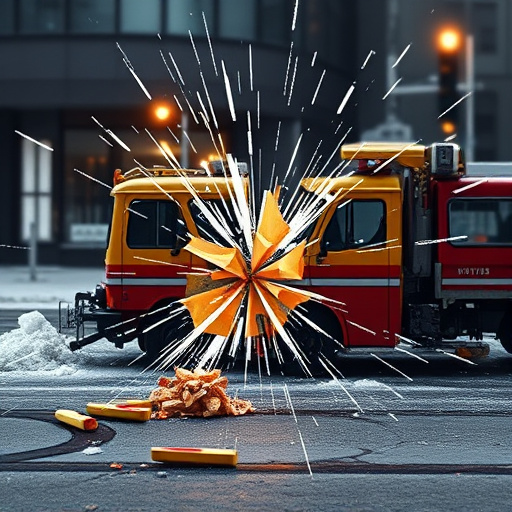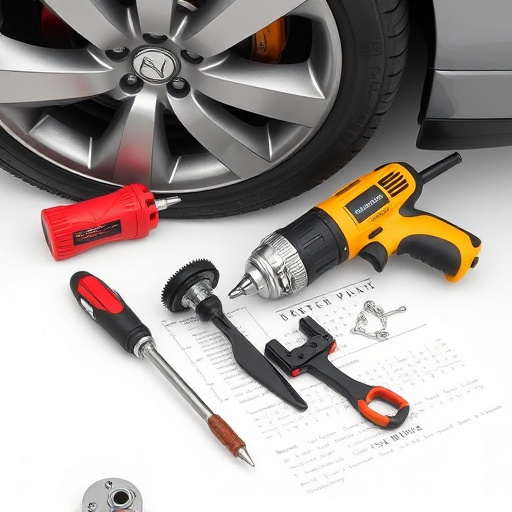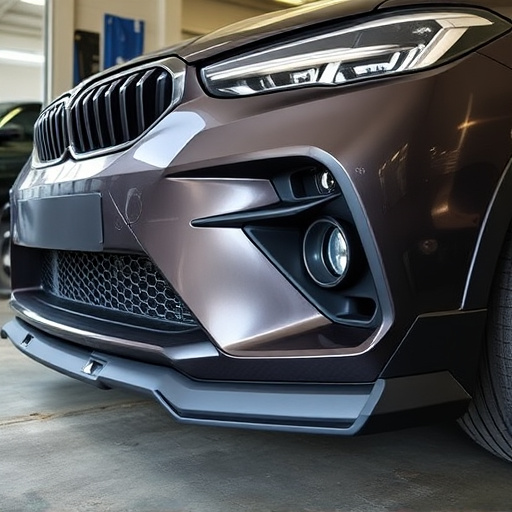Wheel arch replacement involves assessing, repairing or replacing damaged curved panels around vehicle wheels, focusing on structural integrity and aesthetic excellence. Top-tier practices include skilled technicians, genuine parts, advanced training, efficient workflows, modern equipment, precise cutting, expert welding, high-quality materials, and effective client communication for quality, safety, and customer satisfaction in collision industry.
“In the collision repair industry, efficient and safe wheel arch replacement is a key process that impacts vehicle aesthetics and structural integrity. This article delves into the intricacies of the wheel arch replacement process, highlighting industry best practices for precision and quality. From understanding the steps involved to ensuring safety and using high-quality materials, this guide offers insights crucial for professionals aiming to excel in the wheel arch replacement domain.”
- Understanding Wheel Arch Replacement Process
- Industry Best Practices for Collision Repair
- Ensuring Quality and Safety in Wheel Arch Replacements
Understanding Wheel Arch Replacement Process
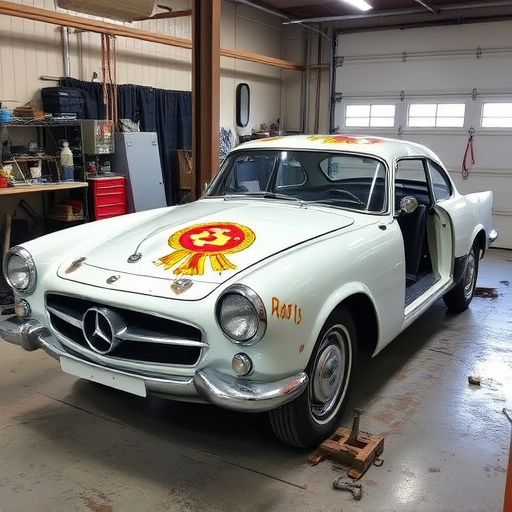
The wheel arch replacement process involves the meticulous repair or complete overhaul of a vehicle’s wheel arch, which is the curved panel surrounding the wheels. This is often necessary due to damage incurred during collisions or accidents, where impact can cause significant structural harm to this exterior component. The process begins with an assessment to determine whether the arch can be repaired or needs to be replaced entirely. If repair is feasible, technicians use specialized tools and materials to reinforce weak spots, fill in cracks, and match the original shape precisely.
For complete replacements, damaged parts are removed, and new wheel arches—custom-fitted to ensure a seamless fit—are installed. This intricate work demands precision and expertise from collision repair services professionals who specialize in automotive collision repair. They employ advanced techniques and equipment to ensure the arch not only looks like new but also retains its structural integrity, contributing to the overall safety and performance of the vehicle.
Industry Best Practices for Collision Repair
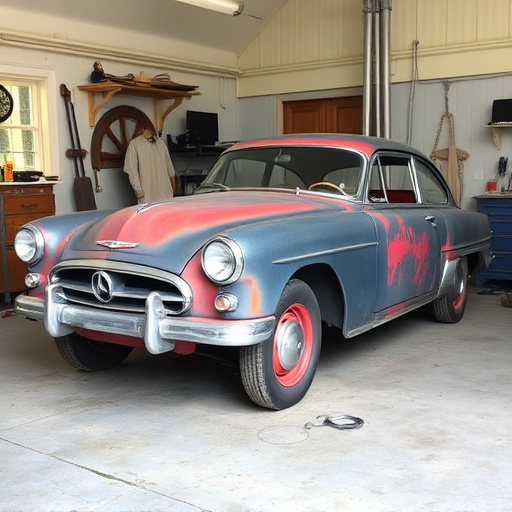
In the collision industry, best practices for wheel arch replacement and overall automotive body work are paramount to ensuring quality, safety, and customer satisfaction. One key practice is adhering to strict quality control measures. This involves using only genuine or certified parts, as well as employing highly skilled technicians who are trained in the latest repair techniques and technology. Advanced training on wheel arch replacement procedures, including understanding complex vehicle design and material properties, is essential for achieving precise and durable results.
Additionally, implementing efficient workflows and utilizing modern equipment streamlines the collision repair process. State-of-the-art tools and software help reduce errors and waste, while also enabling technicians to work more quickly and accurately. Effective communication with clients throughout the repair process is another critical best practice, ensuring they are well-informed about the status of their vehicle and any potential issues that may arise during wheel arch replacement or other automotive body work services. This transparency builds trust and enhances customer loyalty for car repair services and vehicle repair services alike.
Ensuring Quality and Safety in Wheel Arch Replacements
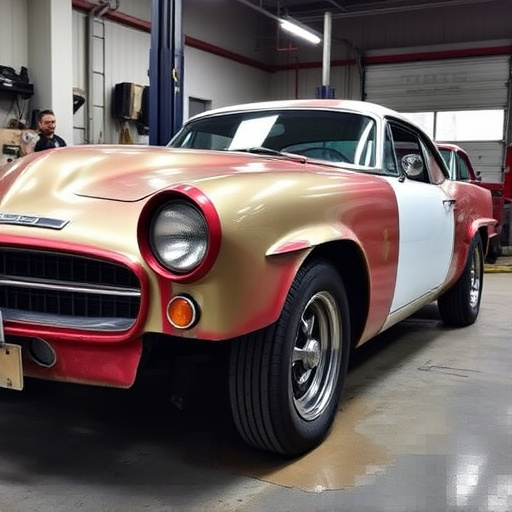
Ensuring quality and safety in wheel arch replacements is paramount within the collision industry. Auto body shops must adhere to stringent standards to guarantee that replaced wheel arches not only match the original specifications but also withstand the rigors of everyday driving. This involves meticulous measurement, precise cutting, and expert welding to seamlessly integrate the new wheel arch with the existing vehicle structure. Utilising high-quality materials and advanced fabrication techniques ensures durability, preventing future damage and enhancing overall vehicle performance.
Fender repair, a critical aspect of auto body repair, plays a pivotal role in maintaining the structural integrity of the wheel arch. Skilled technicians employ specialised tools and knowledge to repair or replace damaged fenders, ensuring they align perfectly with the wheel arch. This meticulous attention to detail not only preserves the aesthetic appeal but also secures the safety of drivers and passengers, as proper alignment is crucial for optimal crash performance and vehicle stability in case of future collisions.
Wheel arch replacement is a critical aspect of the collision repair industry, demanding precision and adherence to best practices. By understanding the process, implementing safe procedures, and prioritizing quality materials, technicians can ensure superior repairs that enhance vehicle aesthetics and structural integrity. Incorporating these best practices not only benefits collision centers but also guarantees customer satisfaction and safety on the road.
